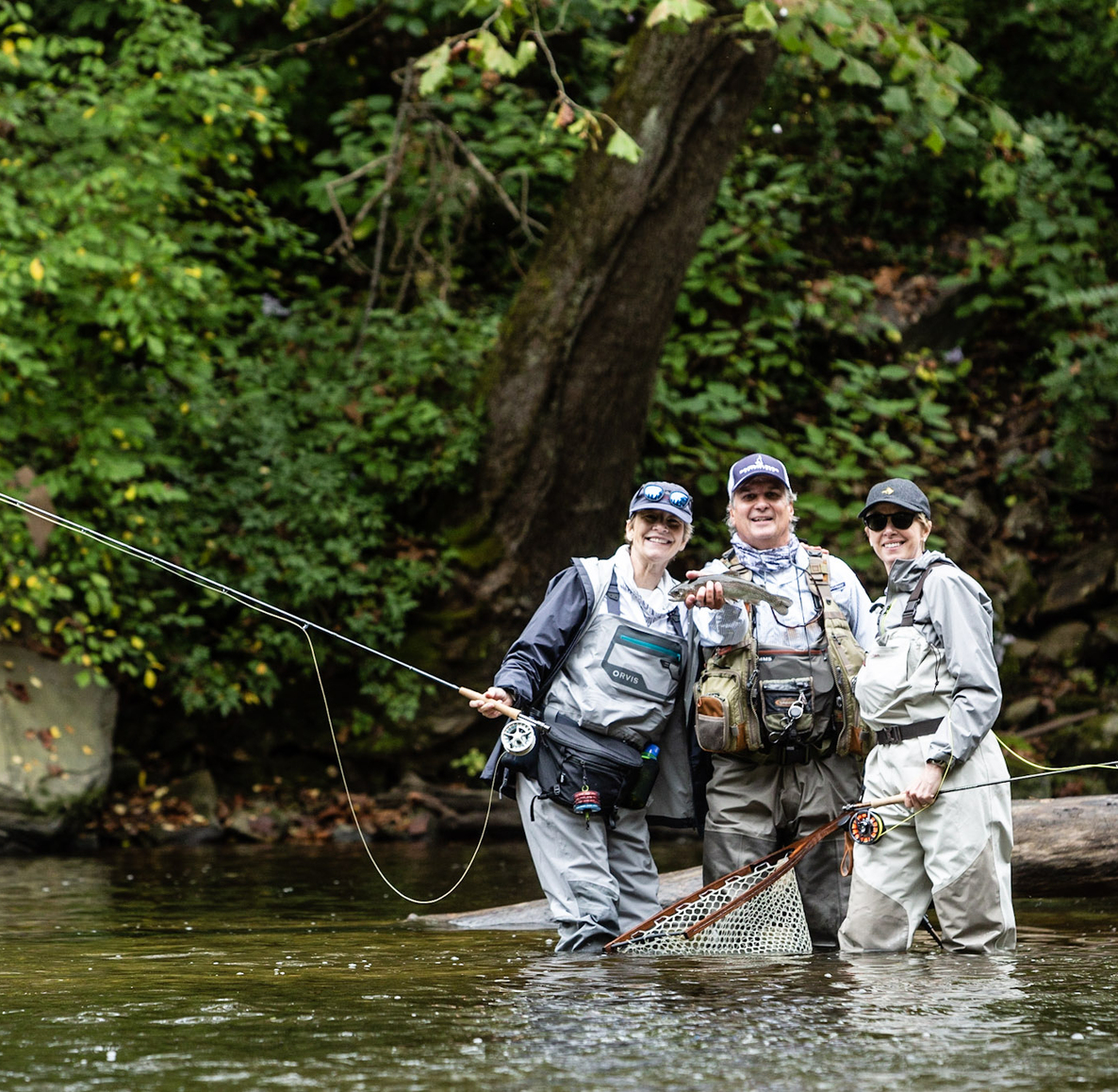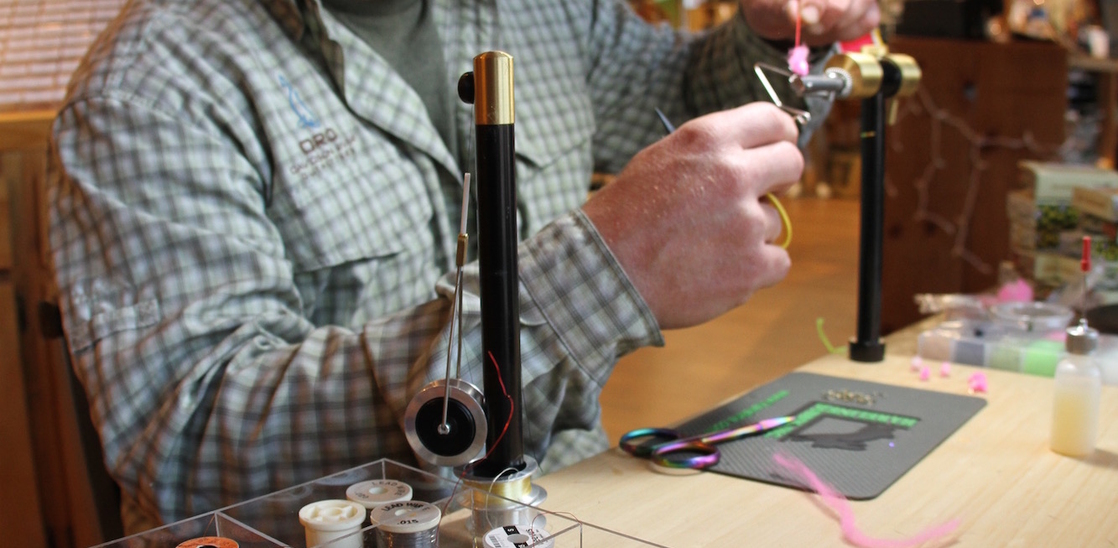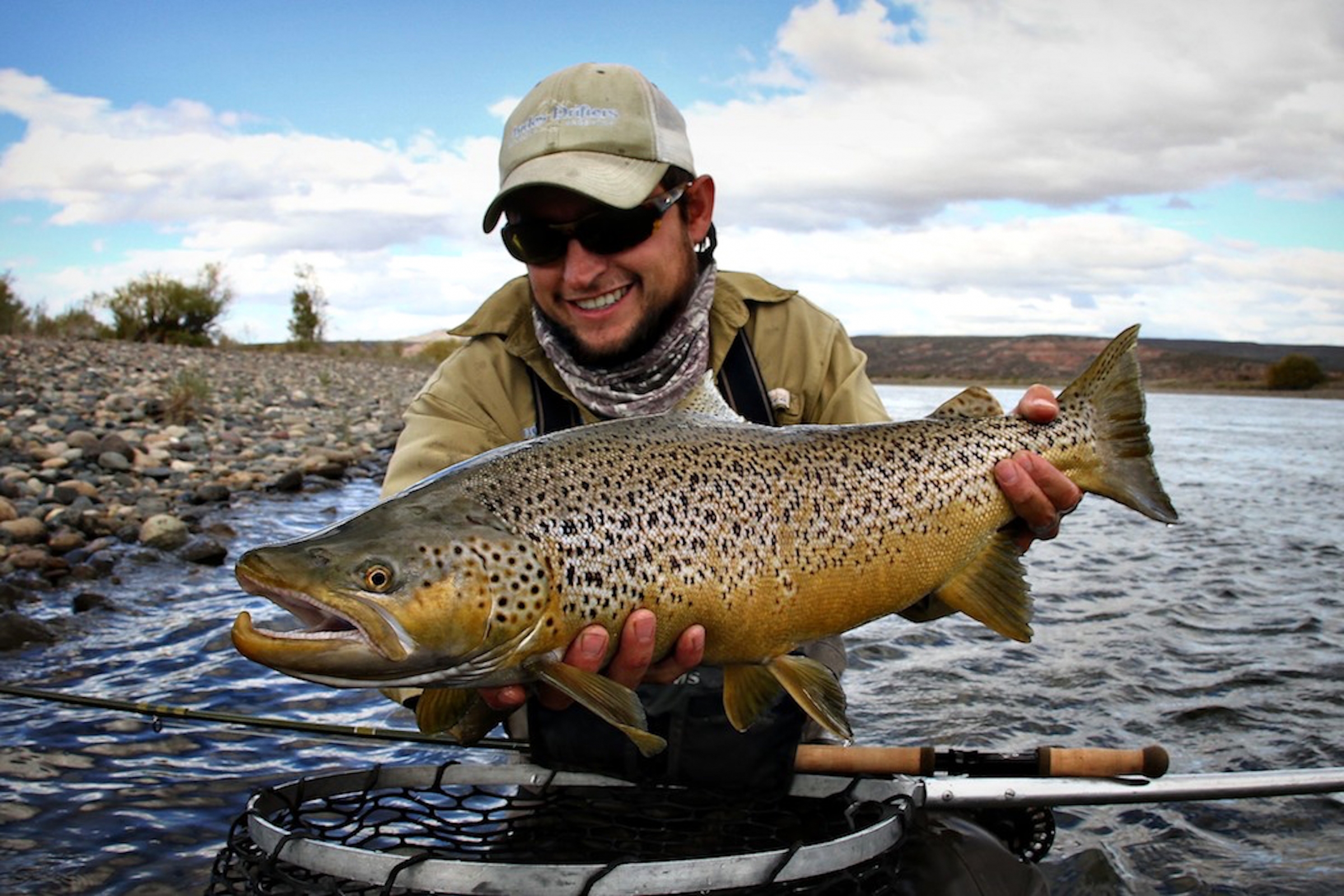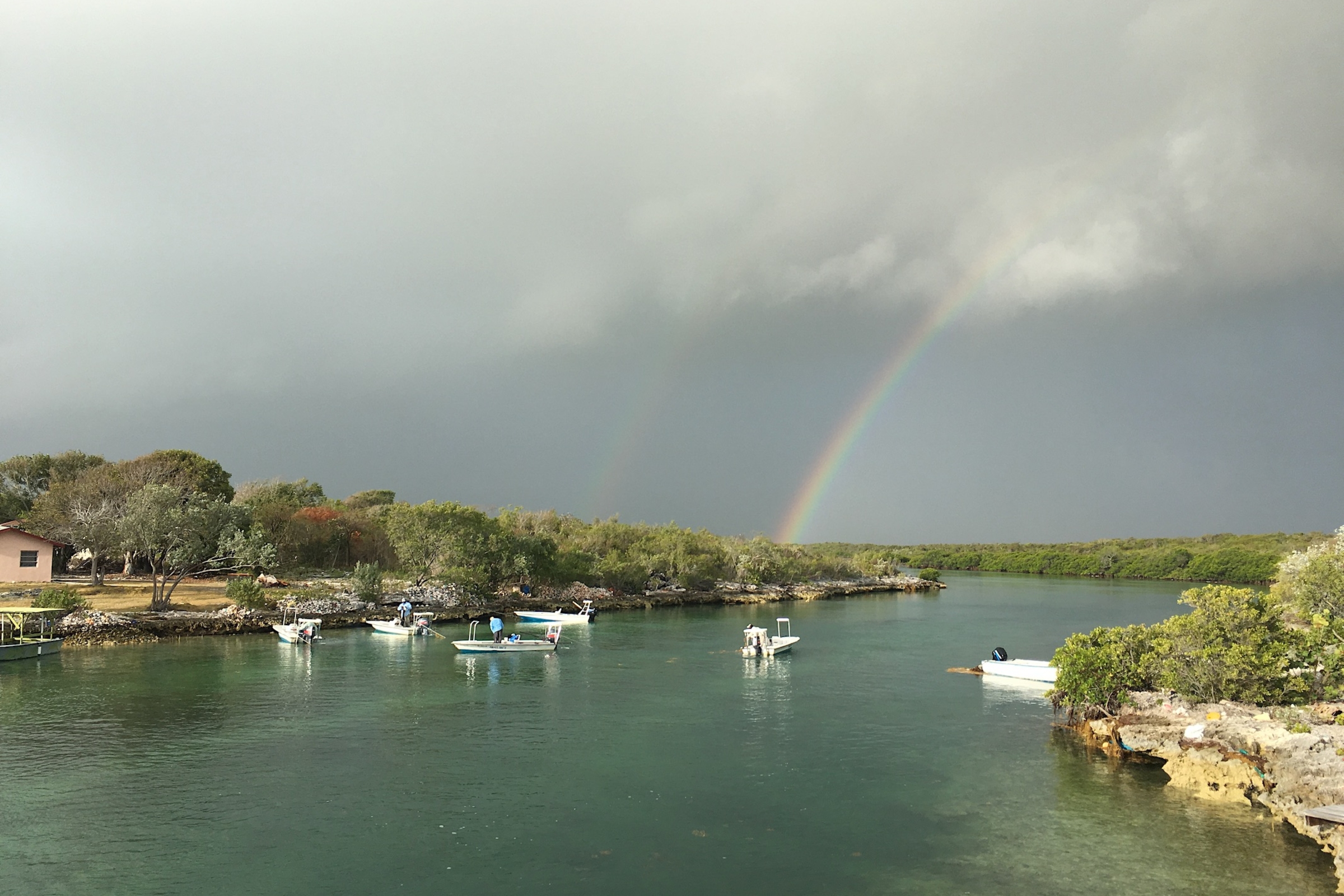Small Stream Thorax Dun
Spring in WNC means that water temperatures are on the rise, and aquatic insects begin to hatch and fill the air over our small trout streams. Dry fly fishing the endless pockets, and pools that can be found in the watersheds of the Pisgah National Forest is truly the best fishing experience you can have in our area. Many of our streams are high gradient, which means the water is moving faster than on larger streams, thus requiring dry fly patterns to be more bouyant to stay afloat in the turbulent water. This version of the ever popular Thorax Dun style dry fly features a Moose Mane(which is hollow) abdomen, a double dose of hackle, and wing made from high floating EP Trigger Point Fibers. Tied in a gray-brown color way, this little fly should work as a great all arounder on most of our wild trout streams. Tyers should feel free to mix and match colors as the hatches shift toward lighter insects throughout Spring.
We are currently offering free shipping on anything in the shop to help people stay home, and stay safe. If you would like to get some of these fun, new, materials sent to you, please let us know. 828-877-4181.
Ingredients
Hook: Daichii Barbless Dry Fly sz. 16
Thread: Veevus 12/0- Dun
Tail: Mayfly Tails- Light Dun
Abdomen: Nature's Spirit Moose Mane- Dun
Wing: EP Trigger Point Fibers- Lt. March Brown
Hackle: Whiting Dry Fly- Grizzly+Brown Dun
Step One: Tie onto the hook at the location where you would like your wing to begin. Approximately 1/3 of the way back on the shank from the eye. Then wrap to the back.

Step Two: Tie in the Mayfly tails coming off the back of the hook shank. The length of the tail should be around the same length as the hook shank.

Step Three: Use thread wraps beneath the tail to stand it up, and then through the middle of the tail to split the fibers equally apart. This is not critical for fishing, but has a nice aesthetic.

Step Four: Trim the last 1.5 inches of the Moose Mane off the tip. This insures better segementation and a stronger fiber to wrap. Then tie the fiber in by the "new tip" and create a thread base forward to your starting point from Step One (1/3 back from the eye).

Step Five: Coat the tread base with CA glue such as Zap A Gap, or Loctite, then wrap the Moose Mane forward edge to edge to form the abdomen of the fly.

Step Six: Tie in the Trigger Point Fibers by folding the fibers in half, coming up from beneath the hook shank. Do not build a parachute post, but rather secure the fibers so that the will remain somewhat upright.

Step Seven: Tie in both hackle feathers by the butts, and place into the material clip on your vise.

Step Eight: Dub around the wing, and forward toward the eye, to form the thorax.

Step Nine: Wrap the hackle forward. Make sure to make one full turn behind the wing, a turn in front, cross back to the back, and then wrap up to near the eye. After locking the hackles down, secure the remainder in the material clip, and whip finish BEFORE trimming. This technique will save you some headaches.

Step 10: A. Use the rotary function of your vise to trim the wing into a somewhat mayfly shape B. Then remove the hackle fibers from the bottom of the fly.


A little Floatant, and you are ready to fish!



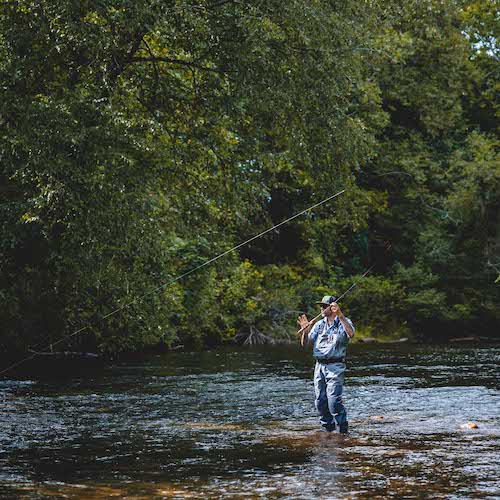 Stream Report
Stream Report Seasonal Hatches
Seasonal Hatches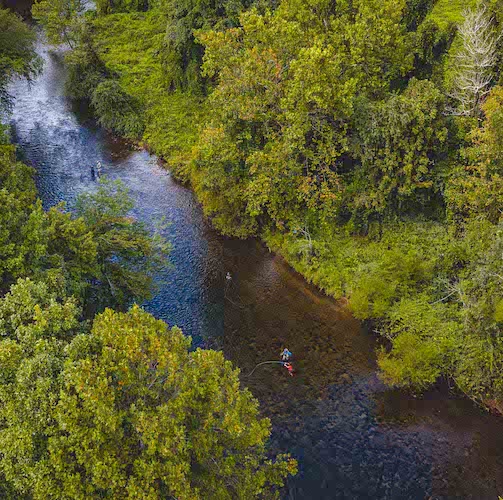 Stream Guide
Stream Guide
